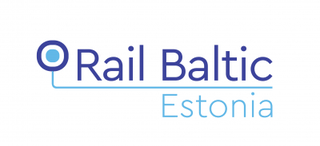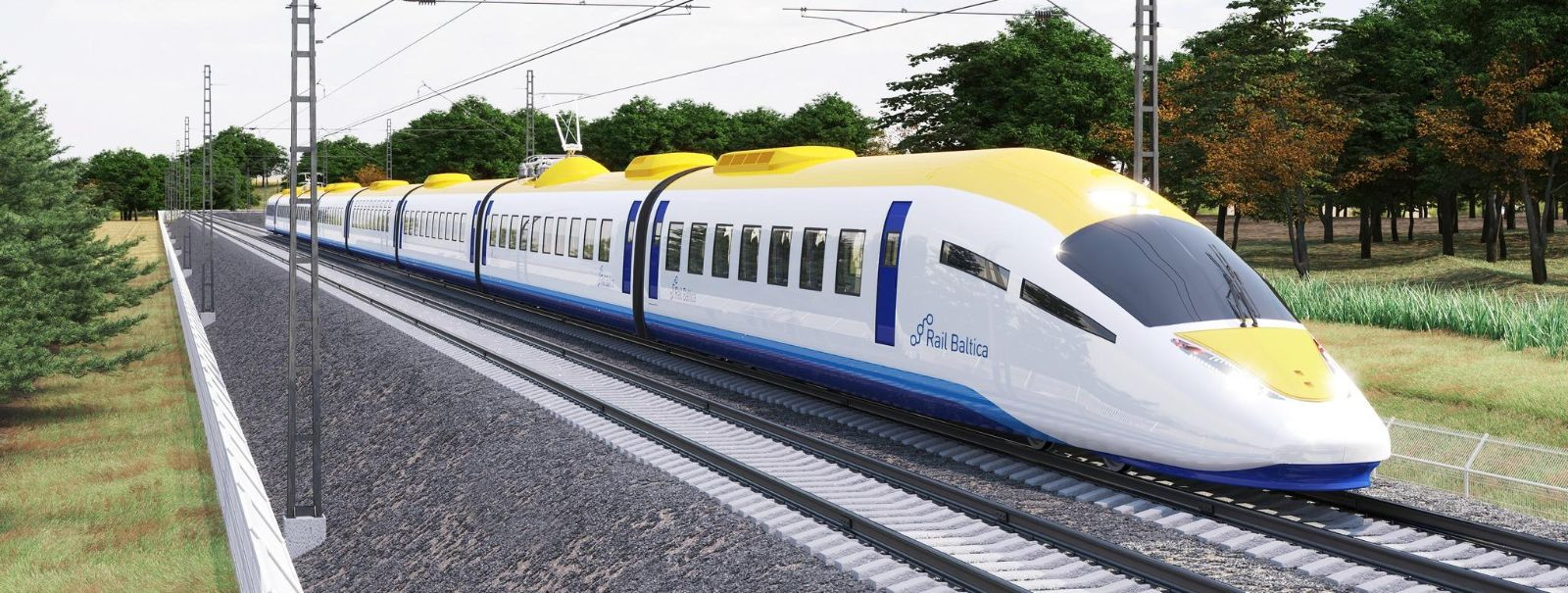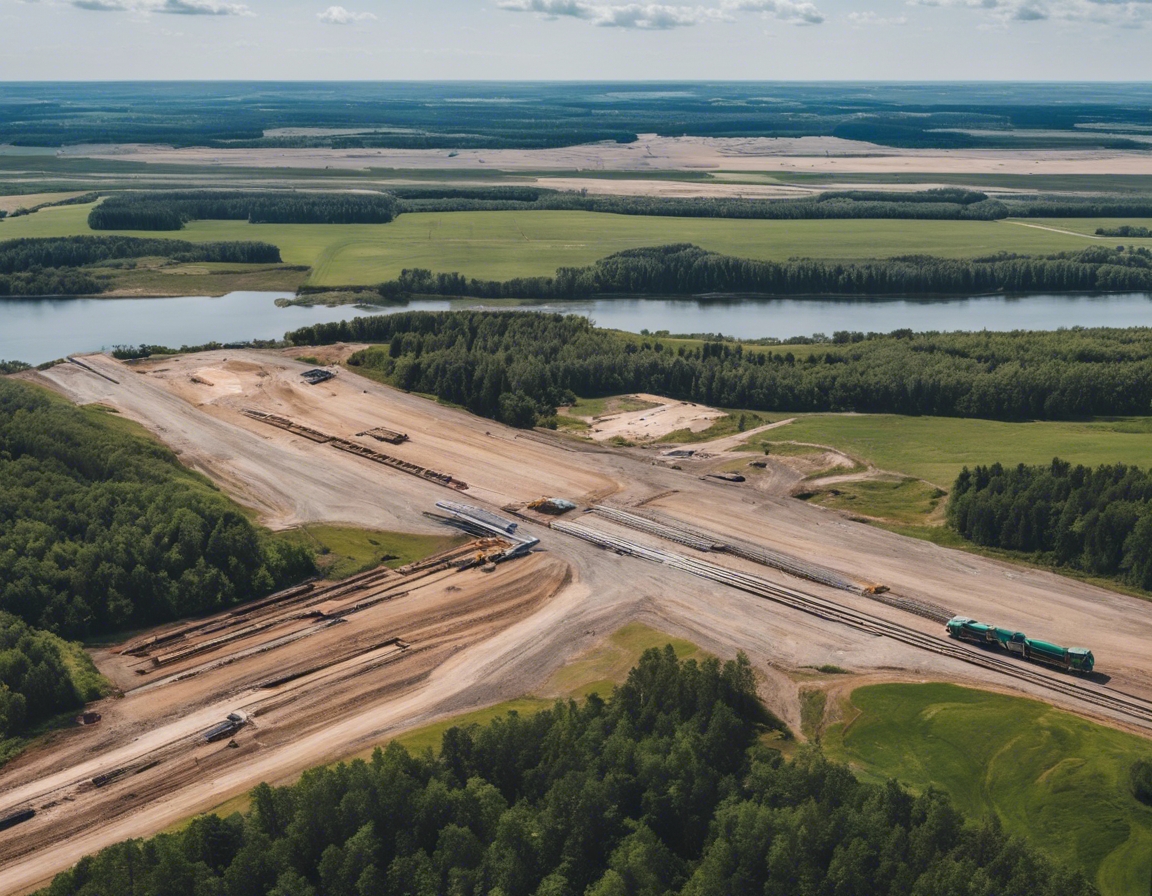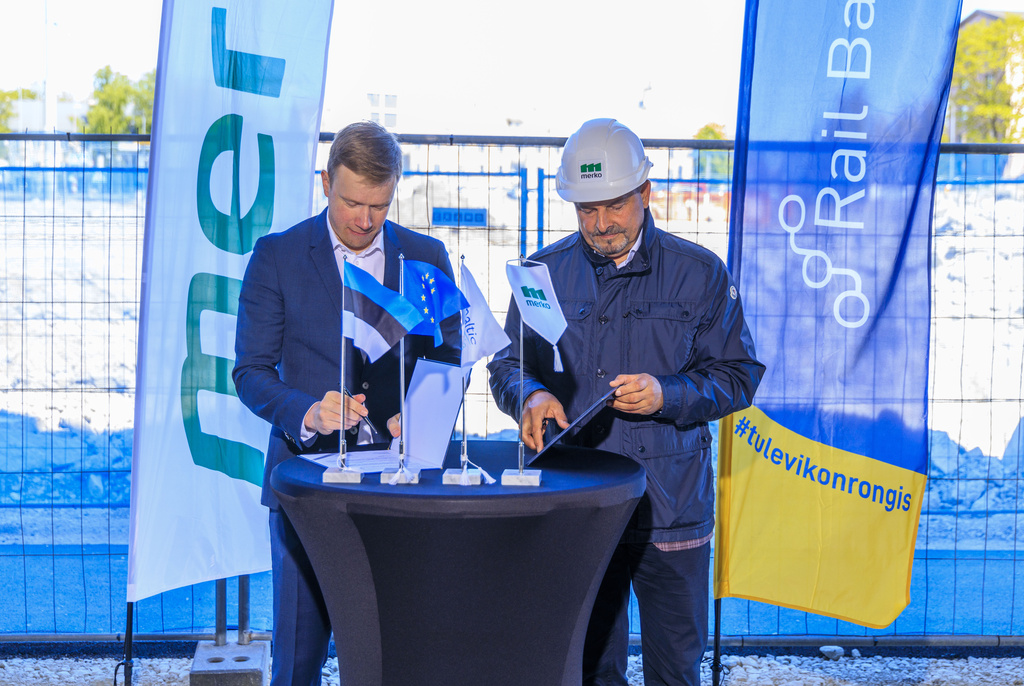Exploring the new high-speed rail baltic network
The Rail Baltic project is a bold step towards modernizing transportation in the Baltic region. It represents a significant investment in a high-speed rail network that will connect Estonia, Latvia, and Lithuania with the rest of Europe. This ambitious infrastructure project aims to provide a fast, reliable, and comfortable mode of transport for passengers and cargo alike.
High-speed rail offers numerous advantages over traditional rail and road travel, including reduced travel times, increased safety, and a more enjoyable travel experience. For businesses, it means quicker and more reliable shipping of goods, which is essential in today's fast-paced economy.
The Journey of Rail Baltic
The Rail Baltic network will span over 870 kilometers, seamlessly connecting major cities and regions. Key destinations include the capitals of Tallinn, Riga, and Vilnius, with further connections to Warsaw and beyond. This network is designed to integrate with existing European rail lines, providing extensive reach across the continent.
Equipped with state-of-the-art technology, the Rail Baltic trains will be capable of speeds up to 249 km/h, drastically cutting down travel times between destinations. The network will also feature advanced signaling and communication systems, ensuring safety and efficiency.
Environmental Impact and Sustainability
Rail travel is one of the most sustainable forms of transportation. The Rail Baltic network is designed with the environment in mind, utilizing electric trains that significantly reduce greenhouse gas emissions compared to road and air transport.
The project aligns with the European Union's Green Deal, aiming to make Europe the first climate-neutral continent. Rail Baltic's commitment to sustainability contributes to this goal by offering a greener alternative for travelers and businesses.
Impact on Trade and Economy
The high-speed network will be a catalyst for economic growth in the Baltic region. By facilitating smoother and faster trade routes, Rail Baltic will enhance the competitiveness of local businesses in the European market.
Logistics companies stand to benefit greatly from the increased efficiency that Rail Baltic will bring. The network's capacity for high-speed cargo transport will revolutionize supply chains, making them more resilient and responsive.
Passenger Experience and Services
Passengers can look forward to a high level of comfort and a range of amenities designed to make their journey as pleasant as possible. From Wi-Fi to dining services, Rail Baltic is set to redefine the travel experience.
The Rail Baltic network is not just about trains; it's about creating a seamless travel experience. Integration with local public transport systems, airports, and seaports will ensure smooth transitions for travelers, whether they're on a local commute or an international journey.
Future Prospects and Expansion Plans
The vision for Rail Baltic extends far beyond its initial launch. Plans for future expansion and upgrades will continue to enhance connectivity and services, ensuring the network remains at the forefront of transportation innovation.
As a major infrastructure project, Rail Baltic opens up numerous opportunities for international collaboration in areas such as technology, service management, and sustainability initiatives. It's a platform for shared progress and prosperity in the region and across Europe.








Comments (0)